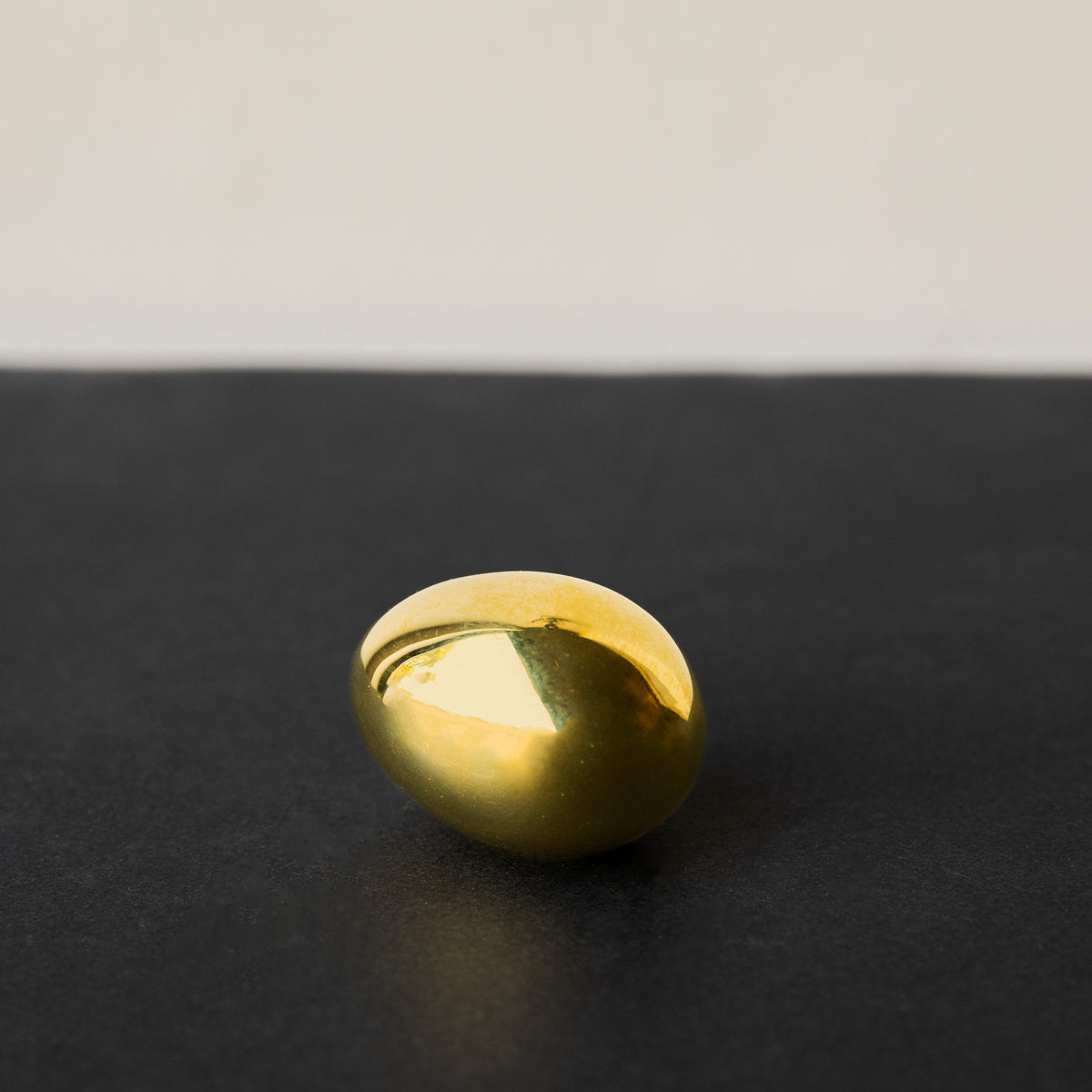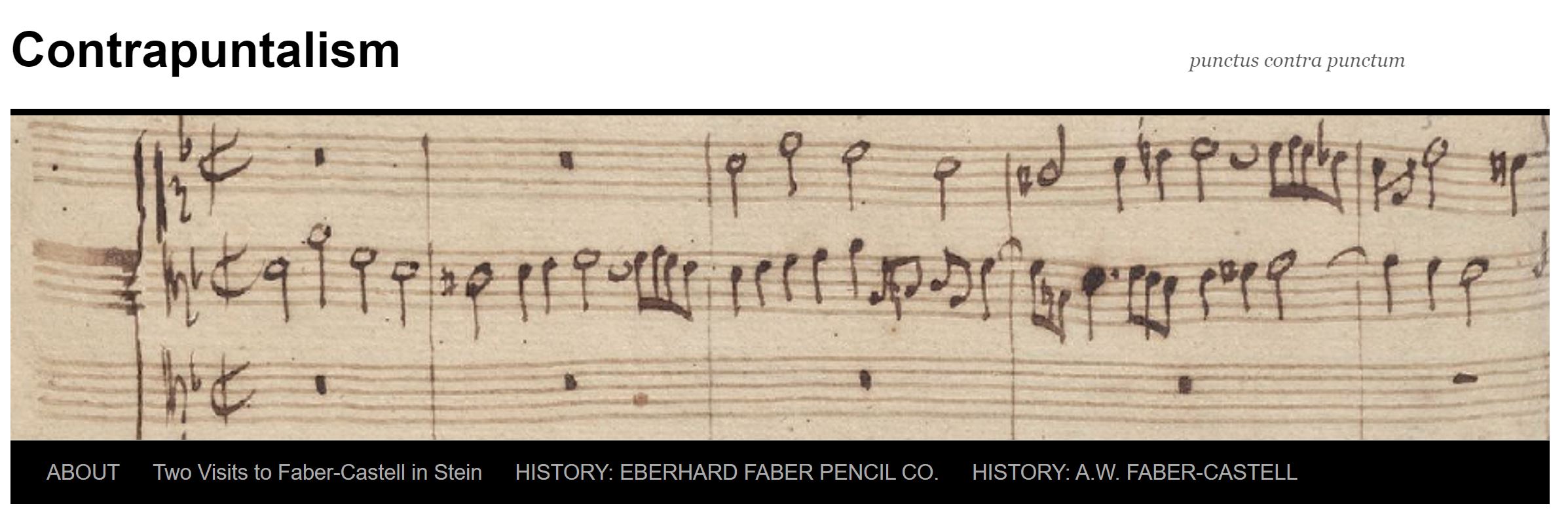Please allow me to call attention to the essay The Golden Age of Japanese Pencils, 1952-1967, published by St. Louis Art Supply.
I’ve not previously been aware of this art supply company. I learned of the essay via a post at the Reddit pencil forum.
The conclusions are very interesting to me. Are the Tombow Mono 100 and the Mitsubishi Hi-Uni the greatest pencils the world will ever see? (And I’ll mention that the Mono 100 is no longer made in Japan.) Very possibly. Super high quality OEM pencils such as those from Pentel were on the market only briefly. And as the article notes, we haven’t seen the “Hi-Hi-Uni”.
But let’s note something else – the pencil market is likely still growing at a global level, due to population growth and increased educational opportunities. There are $10 (even $20) woodcase pencils that can be bought today from Musgrave (USA) , Faber-Castell (Germany), and Caran d’Ache (Switzerland). These expensive pencils are more in the collectible/luxury segment, but why wouldn’t it be possible to try a new super-high quality pencil?







